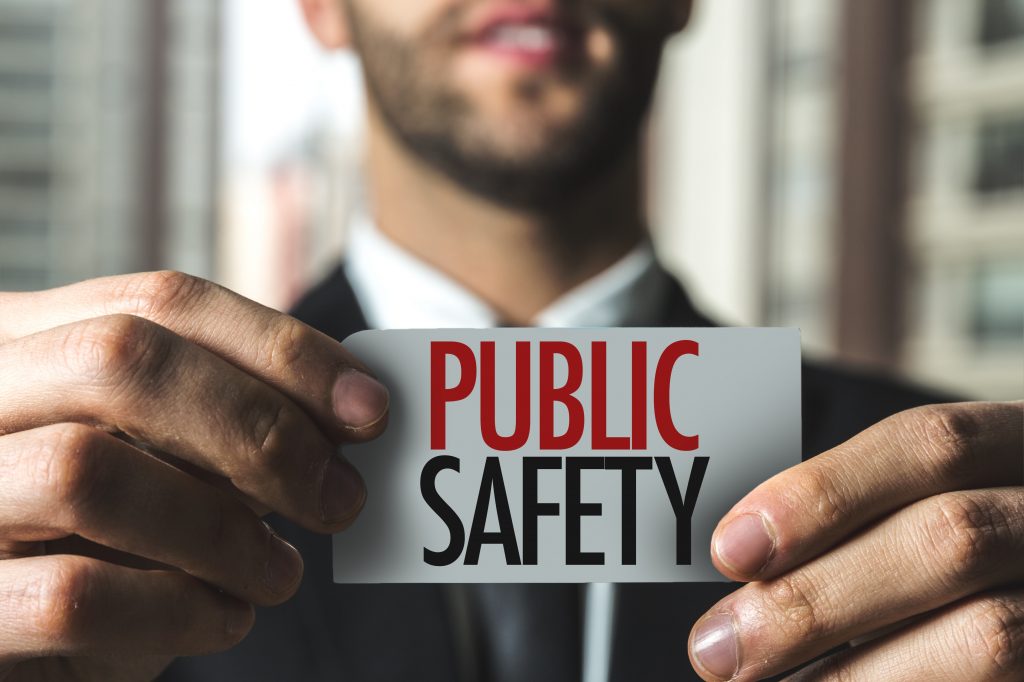San Bernardino County
Community Indicators Report
Established in 2010 to support the development of the Countywide Vision and updated annually and when significant data changes occur, the San Bernardino County Community Indicators Report provides the community with an annual assessment of how the county is faring across a range of indicators.
Economy

Highlights
53rd out of 200 metros
Riverside-San Bernardino Metro Area Business Performance Ranking (2025)
-4%
Logistics Sector 1-year Employment Change (2022-2023)
7.1%
Industrial Real Estate Vacancy Rate (Q4 2024)
+100%
10-Year Change in Tons of Freight Handled by ONT and SBD
+41%
15-Year Change in Tourism-Related Employment (2010-2024)
$505,000
Median Existing Single-Family Home Sale Price in San Bernardino County (January 2025)
Education

Highlights
+14%
Change in Licensed Child Care Slots (2021-2023)
+4 percentage points
10-Year Change in Fifth Graders Meeting or Exceeding Math Standards (2014/15-2023/24)
+5 percentage points
10-Year Change Third Graders Meeting or Exceeding English Language Arts Standards (2014/15-2023/24)
-35%
Trend in Students Chronically Absent (2021/22-2023/24)
86.4%
High School Graduation Rate (2023/24)
-18%
10-Year Change in STEM-Related Degrees Granted (2014-2023)
Income

Highlights
$85,069
Median Household Income (2023)
-36%
10-Year Change in People Living in Poverty (2014-2023)
10.6%
Families Living in Poverty (2023)
-4%
5-Year Change in CalFresh Caseload (2015-2024)
-28%
5-Year Change in CalWORKS Caseload (2015-2024)
Lowest in SoCal
San Bernardino County Income Inequality (2023)
Housing

Highlights
$84,600
Minimum Qualifying Income to Purchase an Entry-Level Home (2024)
-60
10-Year Change in Housing Affordability (2015-2024)
$39.19
Wage Needed to Afford Median 1-Bedroom Apartment (2025)
-14%
1-Year Change in Unsheltered Homeless (2024-2025)
116,782
Households on Waiting List for Rental Assistance (2024)
11,835
Households Receiving Rental Assistance (2024)
Wellness

Highlights
8.1%
Residents without Health Insurance
1,679
Number of Residents per Primary Care Physician (2023)
81.5%
Mothers Receiving Early Prenatal Care (2023)
17.0%
Prevalence of Diabetes Among Adults (2023)
68.7%
Adults that are Overweight or Obese (2023)
-34%
10-Year Change in Substantiated Child Abuse Allegations (2015-2024)
Safety

Highlights
-22%
5-Year Change in Overall Crime Rate (2019-2023)
-40%
5-Year Change in Number of Homicides (2019-2023)
-48%
10-Year Change in Juvenile Arrest Rate (2014-2023)
57%
Proportion of Juvenile Arrests that are Misdemeanors (2023)
Transportation

Highlights
Doubled
10-Year Change in Working at Home (2014-2023)
53%
Proportion of all San Bernardino County Commuters that Commute out of the County for Work (2022)
+27%
1-Year Change in Alternative Fuel Vehicle Registration (2022-2023)
-44%
10-Year Change in Rail Ridership (2014/15-2023/24)
-41%
10-Year Change in Bus Ridership (2014/15-2023/24)
+30%
10-Year Change in Measure I Revenue (2015/16-2023/24, inflation adjusted)
Environment

Highlights
+2%
10-Year Change in Per Capita Electricity Consumption (2014-2023)
+22%
10-Year Change in Per Capita Natural Gas Consumption (2014-2023)
71 (moderate)
Median Air Quality Index Value for 2023 on 0-500 Scale (2023)
+55%
10-Year Change in Solid Waste Disposal (2014-2023)
+2%
10-Year Average Annual Growth in HHW Disposal Participants
123 gallons per capita per day
Residential Water Consumption (July 2024)